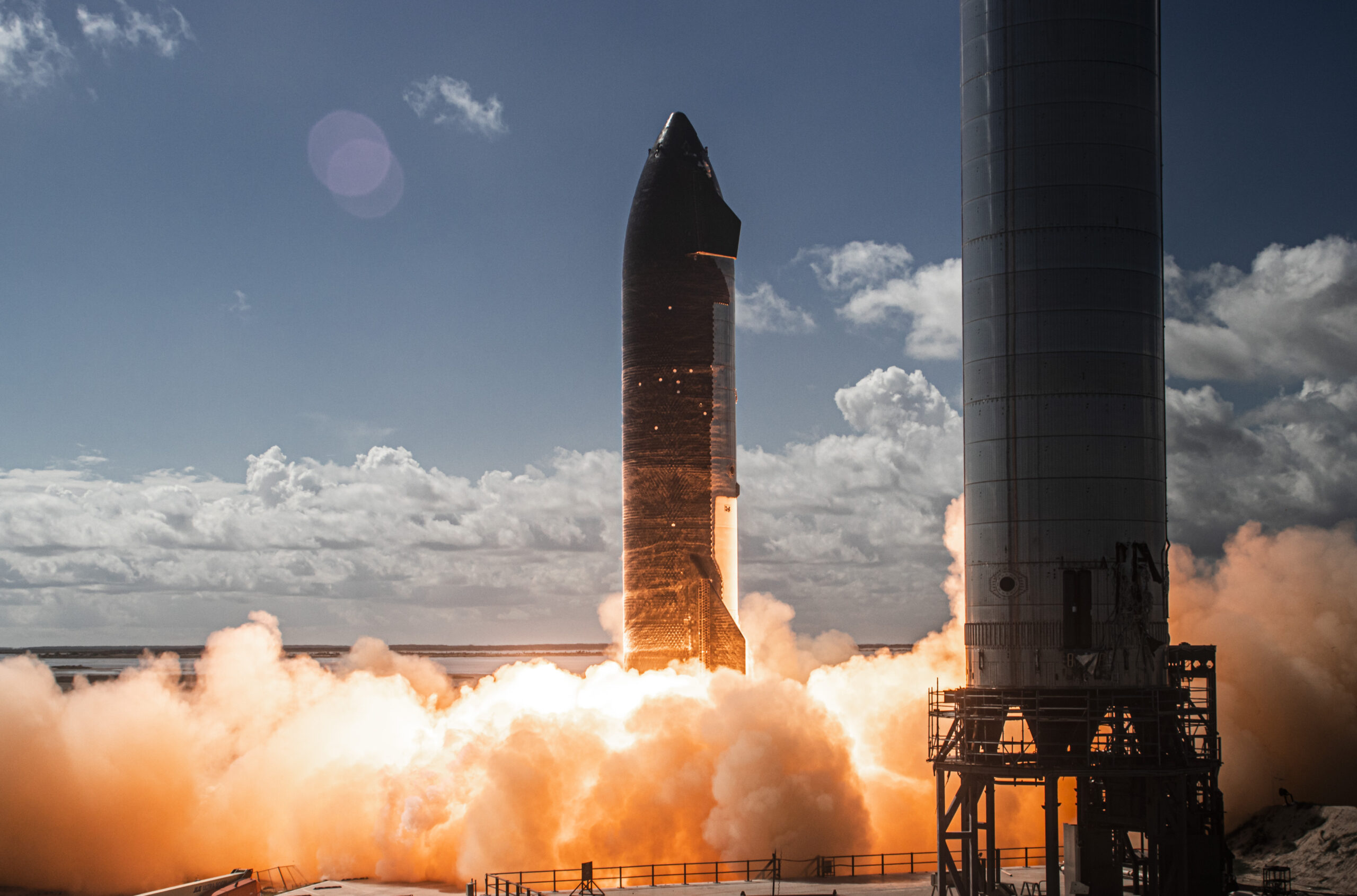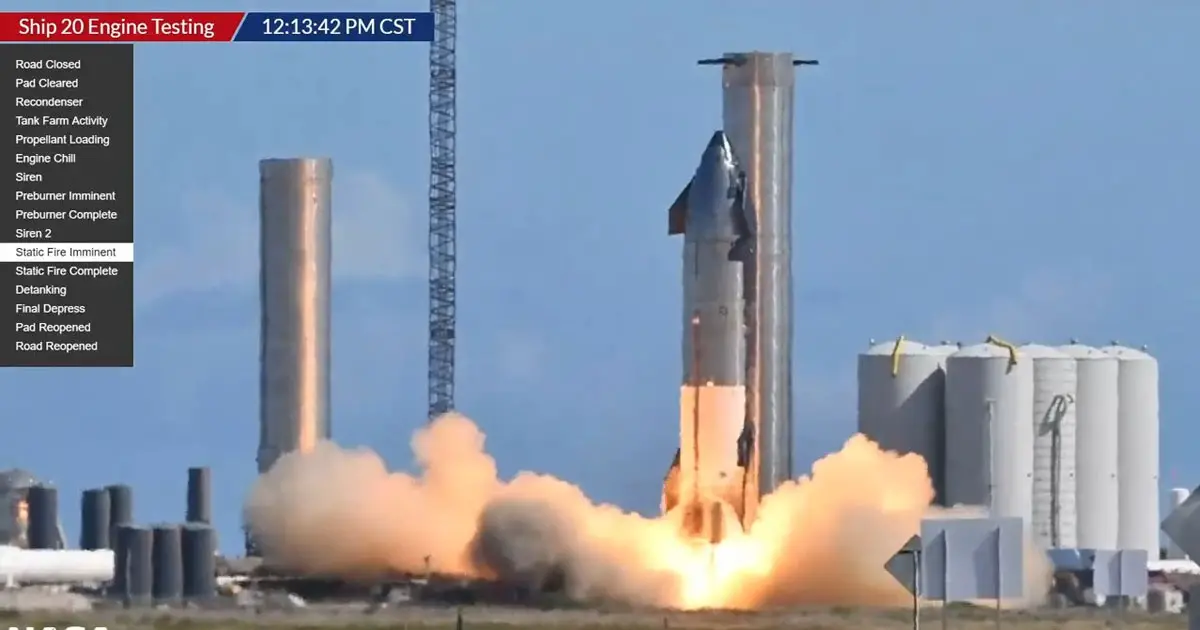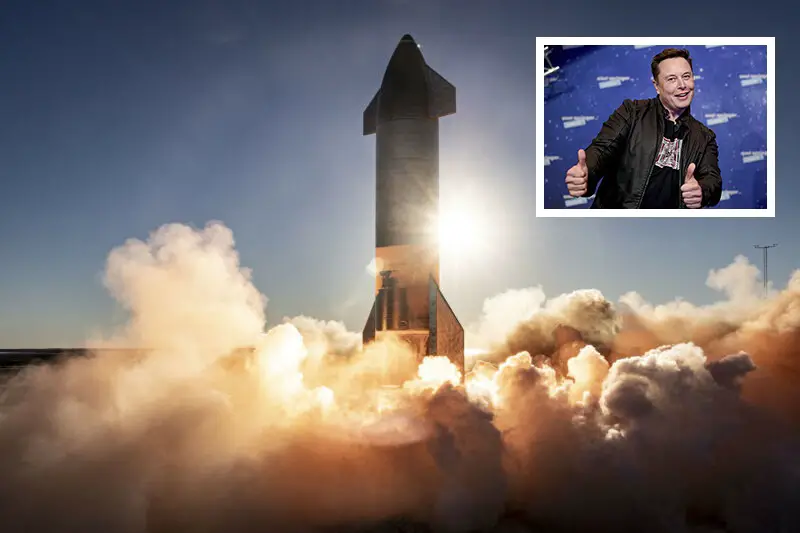It was announced earlier this month that Elon Musk, the creator of SpaceX, will make an effort to launch his company’s futuristic, bullet-shaped Starship into orbit in January, but he is not optimistic about the outcome of that maiden test flight.
As a result, he stated, “There is a great deal of risk connected with this initial launch, so I would not claim that it is likely to be successful, but we will make significant progress.” He was speaking at a virtual conference hosted by the National Academy of Sciences.
Musk expressed confidence that Starship, which will be launched for the first time atop a massive rocket, will successfully reach orbit by the end of the decade. He said SpaceX will begin launching important satellites and other payloads into orbit on Starships in 2023 after a series of orbital test flights next year, followed by another dozen or so.

NASA has signed a deal with SpaceX to utilise the Starship to transport people to the lunar surface as early as 2025, according to the company. Musk intends to utilise the reusable spacecraft to someday land people on the surface of the planet Mars.
The 394-foot-tall Starship and its first-stage booster, known as the Super Heavy, will be the largest rocket ever launched, thanks to their gleaming stainless steel construction (120 meters). Musk stated that the rocket’s liftoff thrust will be more than double that of NASA’s Saturn V rockets, which sent people to the moon more than 50 years ago.
The Super Heavy has not yet taken to the air. However, in May, a full-scale Starship model successfully soared to an altitude of more than 6 miles (10 kilometres) before returning to the SpaceX facility in the southernmost tip of Texas and landing safely.

According to Musk, the Starship and the Super Heavy rocket for the first orbital test flight have both been built and are ready for launch. The launch pad and tower are expected to be completed by the end of November, with testing to take place in December, according to the business. As Musk stated in a recent interview, the Federal Aviation Administration should be through with its evaluation by the end of the year, allowing for a launch in January or February at the very latest.
According to Musk, SpaceX has funded around 90 percent of the expenditures associated with the development of Starship, with NASA financing the remaining 10 percent through its lunar lander contract. So yet, he has not revealed how much money has been spent.
Musk intends to construct a large number of Starships in the near future. He estimates that he will require 1,000 of them to achieve his ultimate objective of making life genuinely multiplanetary.
His predictions include a pandemic worse than COVID-19, steadily declining birth rates, nuclear Armageddon, or even a direct strike by a killer comet — all of which might occur naturally or artificially. Moving people to Mars and other locations as rapidly as possible, he asserted, is important “for the preservation of the light of awareness on the planet.”

